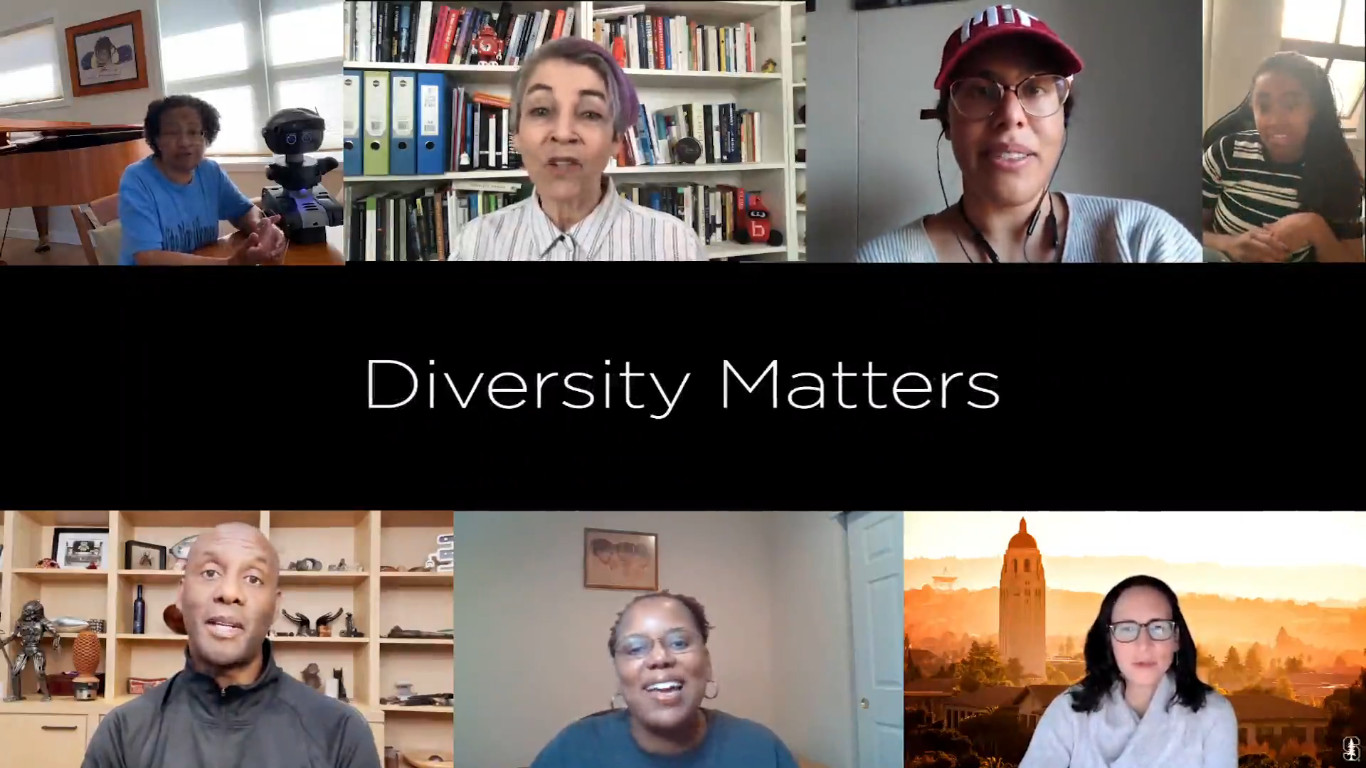Every backyard gardener knows how hard it can be to tell when to water the plants. Multiply that by tens or hundreds of acres and it's easy to see the challenges growers face keeping their crops healthy while managing water resources wisely.
Mosquitoes on Mars, metal birds flocking like pigeons and hoverflies with your lunch. Robots are copying nature.
Autonomous security robots are increasingly being adopted by many organizations in different industries R
Scientists from the U.S. Army and MIT's Center for Bits and Atoms created a new way to link materials with unique mechanical properties, opening up the possibility of future military robots made of robots.
Introducing the "Snugglebot" a cuddly robotic companion that needs your love and attention. It needs to be taken care of, cuddled and kept warm. It's physically comforting (soft, warm and weighted), and engaging. Its tusk lights up and it wiggles to get attention or to show appreciation when it's hugged.
A team of researchers from the University of Chemistry and Technology Prague, Yonsei University and the Brno University of Technology has developed a micro-robot with chemically encoded intelligence that can remove hormonal pollutants from a solution. They have published their results in Nature Machine Intelligence. Dongdong Jin and Li Zhang with the Chinese University of Hong Kong and Multiscale Medical Robotics Center, respectively, have published a News and Views piece in the same issue outlining the state of micro-robot research and describe the work done by the researchers with this new effort.
In this article, Arcos introduces the new robotic finishing systems, developed to allow companies to leverage this change to lower internal costs, increase revenue and outpace the competition.

The 2020 IEEE/RSJ International Conference on Intelligent Robots and Systems (IROS) has teamed up with Black in Robotics (website, Twitter) to release a new special series named BiR-IROS: Black in Robotics with the support of Toyota Research Institute. This series consists of three short but powerful videos of roboticists giving personal examples of why diversity matters in robotics, showcasing their research and explaining what got them into robotics.
BiR-IROS: Black in Robotics is available for free through the OnDemand platform until 25 November (located under Technical Talks or at this link). Here’s a list of all the speakers and organisations who took part in the videos:
- Ariel Anders – Roboticist at Robust.AI
- Allison Okamura – Professor of Mechanical Engineering at Stanford University
- Alivia Blount – Data Scientist
- Anthony Jules – Co-founder and COO at Robust.AI
- Andra Keay – Robotics Industry Futurist, Managing Director of Silicon Valley Robotics and Core Team Member of Robohub
- Carlotta A. Berry – Professor of Electrical and Computer Engineering at Rose-Hulman Institute of Technology
- Donna Auguste – Entrepreneur and Data Scientist
- Clinton Enwerem – Robotics Trainee from the Robotics & Artificial Intelligence Nigeria (RAIN) team
- Quentin Sanders – Postdoctoral Research Fellow at North Carolina State University
- George Okoroafor – Robotics Research Engineer from the Robotics & Artificial Intelligence Nigeria (RAIN) team
- Tatiana Jean-Louis – Amazon & Robotics Geek
- Patrick Musau – Graduate Research Assistant at Vanderbilt University
- Melanie Moses – Professor of Computer Science at the University of New Mexico
Asking someone to put on a mask is a touchy subject, so one shop in Japan has enlisted a robot to make sure its customers wear them during the pandemic.
Researchers in a joint research project led by a scientist from City University of Hong Kong (CityU) have developed an easy way to make millirobots, by coating objects with a glue-like, magnetic spray. Driven by the magnetic field, the coated objects can crawl, walk or roll on surfaces. As the magnetic coating is biocompatible and can be disintegrated into powders when needed, this technology demonstrates the potential for biomedical applications, including catheter navigation and drug delivery.
In the past year, lockdowns and other COVID-19 safety measures have made online shopping more popular than ever, but the skyrocketing demand is leaving many retailers struggling to fulfill orders while ensuring the safety of their warehouse employees.
New research that employs curved origami structures has dramatic implications in the development of robotics going forward, providing tunable flexibility—the ability to adjust stiffness based on function—that historically has been difficult to achieve using simple design.
Subramanian Sundaram, a biological engineer affiliated with both Boston University and Harvard has been looking into the current state of robot hands and proposed ideas regarding where new research might be heading. He has published a Perspective piece in the journal Science outlining the current state of robotic hand engineering.
The introduction of the fifth generation mobile network, or 5G, will change the way we communicate, multiply the capacity of the information highways, and allow everyday objects to connect to each other in real time. Its deployment constitutes a true technological revolution not without some security hazards. Until 5G technology has definitively expanded, some challenges remain to be resolved, including those concerning possible eavesdropping, interference and identity theft.
Telling humans apart and following them as they move in their surrounding environment could be two highly valuable skills for service robots. In fact, when combined, these two capabilities would allow robots to follow specific people as they are interacting with them or offering their assistance.
